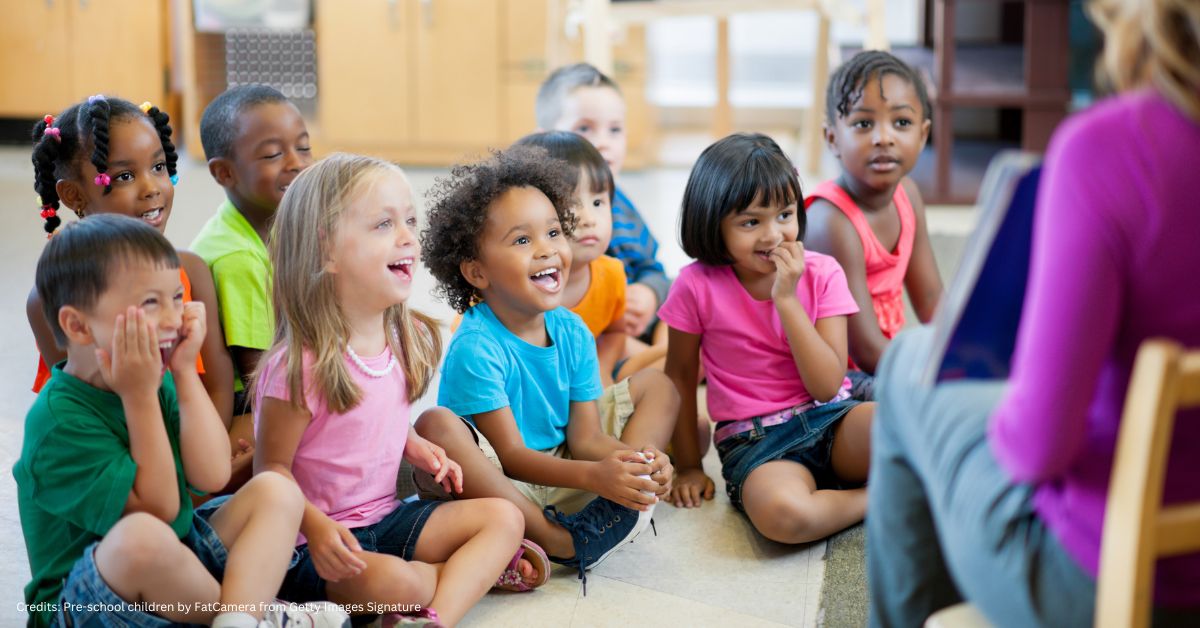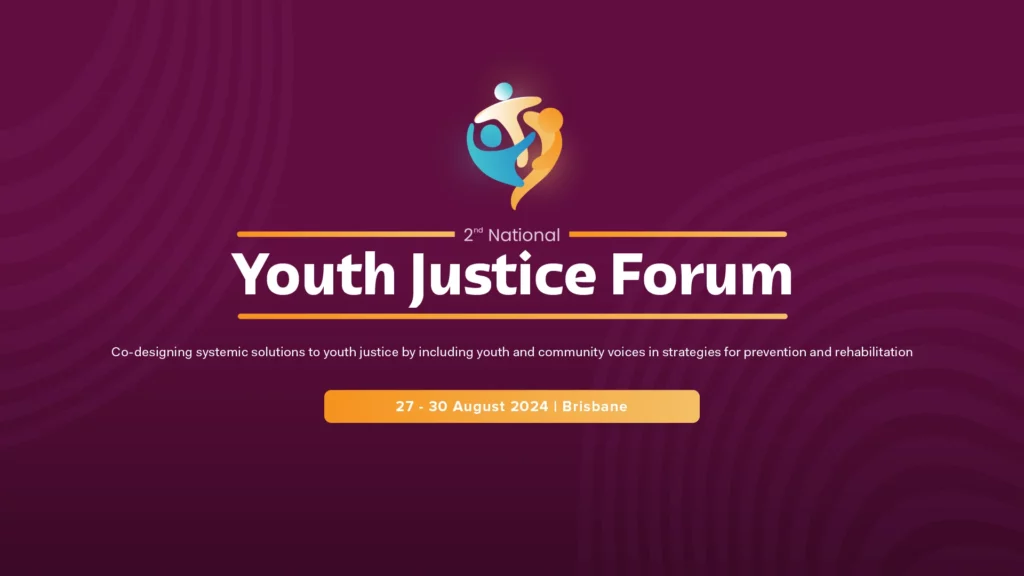A staggering 500 million adolescent girls around the world are at risk of gender-based violence, exclusion from education or are missing out on reaching their economic and leadership potential, with half of these girls in the Asia-Pacific region, according to a new report by Plan International, Australia the charity for girls’ equality.
The report released on International Youth Day, August 12, 2022 – highlights that adolescent girls are being overlooked in the Australian aid program and urge the Labor Government to urgently scale up funding to programs that support girls, or else risk an entire generation being lost to the ongoing shockwaves of the COVID-19 crisis.
“We know that girls are always the hardest hit in a crisis, and COVID-19 is no exception,” said Susanne Legena, CEO of Plan International Australia.
Plan International Australia is calling on the Labor Government to increase overseas aid investment in the 2022 budget towards adolescent girls and gender-diverse young people to ensure that they can live free from violence, get back into school, and become agents of change.
A new report and policy review by the charity found that while adolescent girls in developing countries are still bearing the brunt of the COVID-19 crisis and its devastating secondary impacts, the report also includes a survey of more than 1,000 women and gender-diverse people aged 18–24 on perceptions and opinions on Australian foreign aid – and it shows that young Australians overwhelming agree that Australia needs to do more to ensure all girls can thrive.
“The harsh reality is that adolescent girls are still not being prioritised in investments or policies, either in Australia or internationally. The world talks about focusing on ‘women and girls’ in aid and development, but in practice investments still target adult women or younger children, and adolescent girls aged 10 to 19 fall through the gap.”
Key facts and statistics on teenage girls in the developing world:
- There are over 500 million adolescent girls aged 10-19 living in developing countries.
- Importantly, more than half the global population of adolescent girls are in the Asia Pacific region. Our neighbours in South Asia host a staggering 340 million adolescents, and East Asia and the Pacific are home to 277 million.
- In the Sub-Saharan region, 10 to 19-year-olds make up almost one-quarter of the region’s population. In Afghanistan, almost half of the population is under 18.
- The United Nations Population Fund has recognised girls aged 10 as the key group whose potential, if unlocked, will create the economic and social conditions needed to achieve the 2030 Agenda for Sustainable Development.
- If all the 10-year-old girls who drop out of school or do not attend school in developing countries complete secondary education, they would contribute $21 billion a year to their economies.
- 650 million girls and women alive today were married as children. In South Sudan, 52 per cent of all girls are married before 18 years of age.
- As a result of COVID-19, it is estimated that 10 million additional child marriages may occur before 2030. This increase is set to reverse 25 years of progress, which saw child marriage rates decline.
- The pandemic has also caused significant delays in programs to end female genital mutilation (FGM), resulting in an estimated 2 million more cases of FGM over the next decade than would have otherwise occurred.
- Pregnancy-related complications are the leading cause of death for adolescent girls aged 15 to 19. Every day 507 women and adolescent girls die from pregnancy-related causes in countries that are fragile states affected by conflict or disaster.
“The elevation of women to leadership roles cannot occur without those women being safe, educated and empowered in adolescence.”
Menchie Khairuddin is a writer Deputy Content Manager at Akolade and content producer for Third Sector News. She is passionate about social affairs specifically in mixed, multicultural heritage and not-for-profit organisations.













































































































































